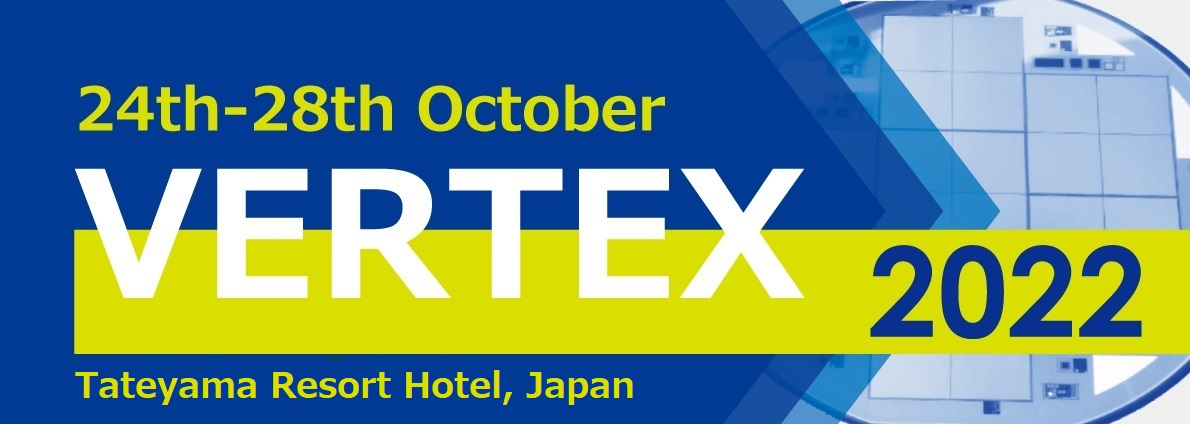Speaker
Description
ALICE is one of the experiments at the CERN Large Hadron Collider (LHC) studying nuclear matter at extreme conditions of temperature and pressure. The LHC Run 3
will start officially in July this year after a shutdown of more than two years to allow for the upgrade of both the accelerator and the experiments. In Run 3, Pb--Pb
collisions will be performed at an unprecedented centre of mass energy per nucleon of 5.5 TeV, with a luminosity of 6 $\times$ 10$^{27}$ cm$^{-2}$s$^{-1}$ and at an interaction.
rate of up to 50 kHz. To fulfill the requirements of the ALICE physics program for Run 3, a major upgrade of the experimental apparatus has been successfully
completed in summer 2021 with the installation of several new detectors in the ALICE cavern. A key detector of the apparatus is the new, ultra-light, high-resolution
Inner Tracking System (ITS2) that significantly enhance the resolution on the determination of the distance of closest approach to the primary vertex, the tracking efficiency
at low transverse momenta, and the read-out rate capabilities with respect to what was achieved in the LHC Run 2 with the older tracker. The new tracker consists of seven
layers, azimuthally segmented into Staves, equipped with silicon Monolithic Active Pixel Sensors with a pixel size of the order of 30×30 $\mu m^2$ covering, for the first time,
a sensitive area of about 10 m$^2$.
This contribution will show the long effort which allowed the construction, characterization, installation and commissioning of the new tracking system with the
focus on the most recent commissioning phase into the ALICE cavern. In addition, the second part of the talk will be dedicated to the new performance results obtained
from the first proton-proton collisions of the LHC Run 3.
| contact person e-mail | ivan.ravasenga@cern.ch |
|---|
